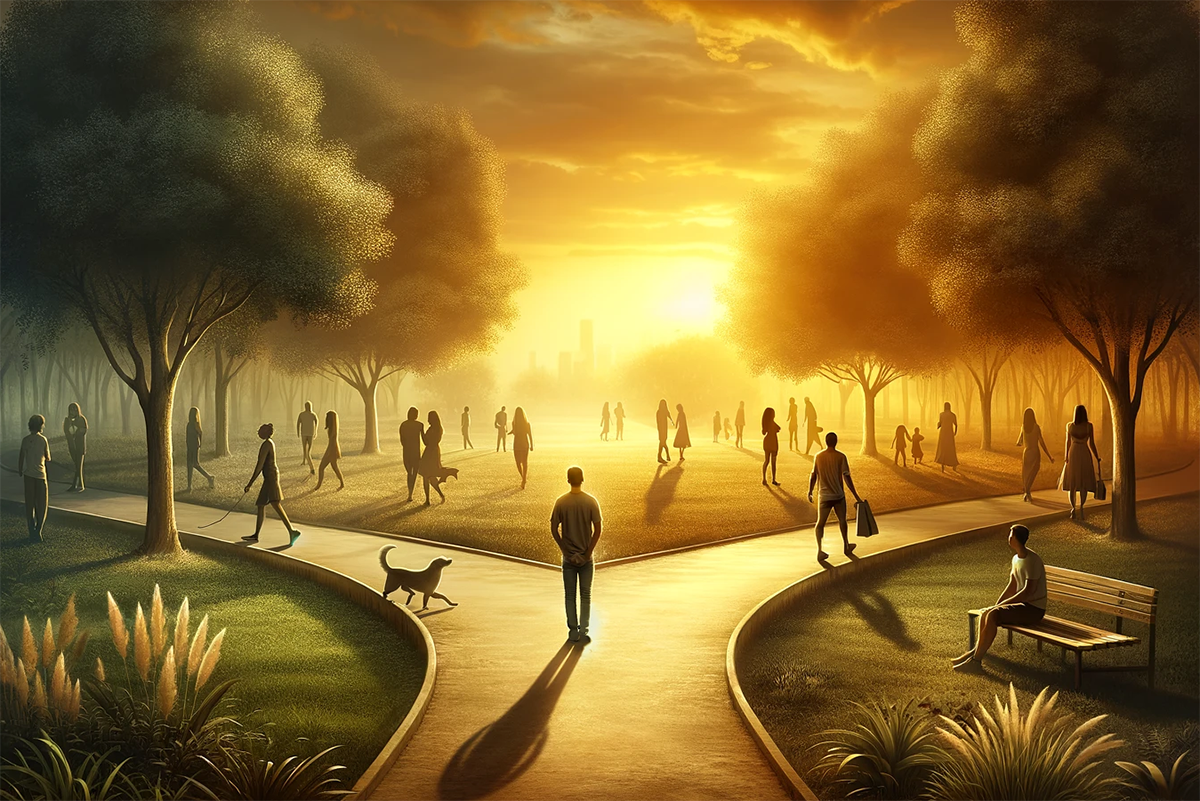Southern California Ablaze: Unprecedented Wildfires Reshape Communities and Landscapes
The tranquil start to 2025 was shattered as Southern California found itself in the grip of one of the most devastating wildfire seasons in American history. As flames continue to tear through Los Angeles County, communities are grappling with unprecedented losses and facing the daunting challenge of rebuilding their lives.
A Perfect Storm
On January 7, 2025, the region's worst fears materialized as multiple wildfires erupted across Los Angeles County. The Palisades Fire, the most severe among them, quickly became a symbol of nature's raw power, fueled by a lethal combination of severe drought conditions and fierce Santa Ana winds.
The numbers paint a sobering picture: approximately 180,000 residents evacuated, 16 lives lost, and over 12,000 structures damaged or destroyed. Behind these statistics lie countless personal stories of loss, resilience, and community solidarity.
Ground Zero
The fires have carved a destructive path through some of Los Angeles County's most iconic areas. Communities in Pacific Palisades, Malibu, and Topanga have borne the brunt of the devastation, as flames threaten both bustling urban centers and cherished natural landscapes. The battle lines between civilization and wildfire continue to shift daily, testing the limits of firefighting resources and community preparedness.
A Perfect Storm Years in the Making
This catastrophe didn't emerge overnight. Years of prolonged drought created tinderbox conditions across Southern California. When combined with historically low humidity levels and intense Santa Ana winds, these factors created optimal conditions for fire spread. The result: a natural disaster of historic proportions that continues to challenge containment efforts.
Government Response in Action
California Governor Gavin Newsom's declaration of a state of emergency underscores the gravity of the situation. "The scale of destruction is unprecedented, and we are deploying every available resource to combat these fires and support our communities," Newsom stated, characterizing the disaster as potentially the costliest in U.S. history.
The federal government has also stepped in, with President Joe Biden approving a major disaster declaration. "We are committed to providing all necessary support to the people of California during this catastrophic event," Biden emphasized, ensuring federal assistance will supplement state and local recovery efforts.
Looking Forward
As Southern California confronts this ongoing crisis, the region's legendary resilience is being put to the test. While the immediate focus remains on containment and emergency response, questions about long-term recovery and future prevention strategies loom large.
Communities are already demonstrating remarkable solidarity, with evacuation centers becoming impromptu hubs of support and hope. The path to recovery will be challenging, but Southern California's spirit remains unbroken. As firefighters continue their heroic efforts and communities band together, the focus is gradually shifting from immediate survival to long-term renewal and rebuilding.
This disaster serves as a stark reminder of our vulnerability to natural forces and the increasing importance of climate resilience. As Southern California begins its journey toward recovery, the lessons learned from this catastrophe will undoubtedly shape future approaches to wildfire prevention and community protection.







